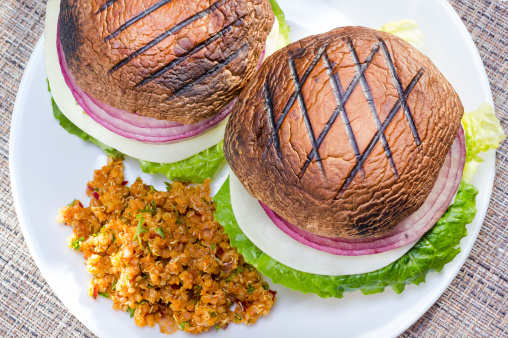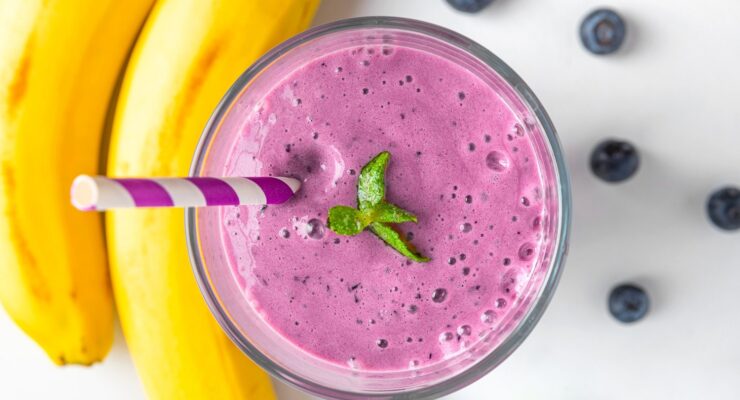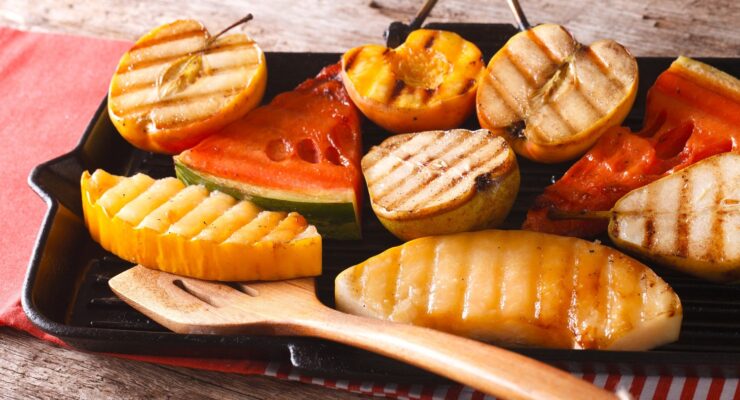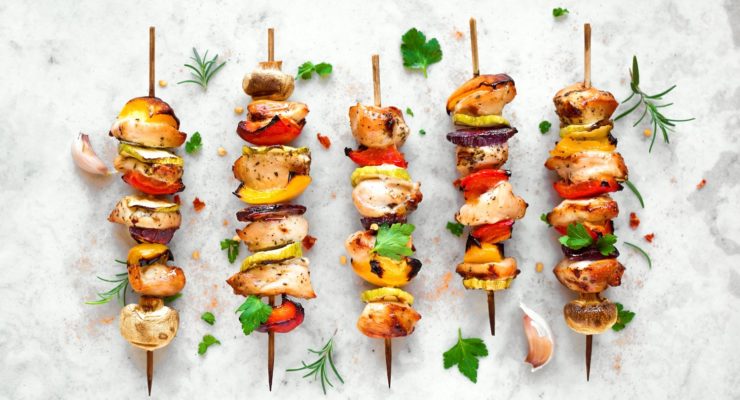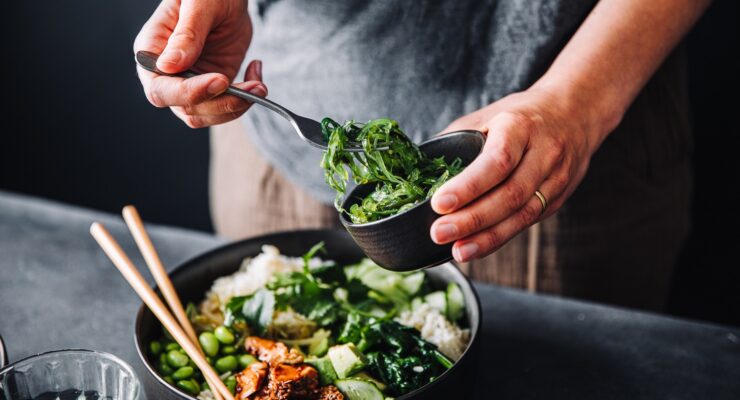Whole Wheat vs. Whole Grain: What’s the Difference?
Article posted in: Diet & Nutrition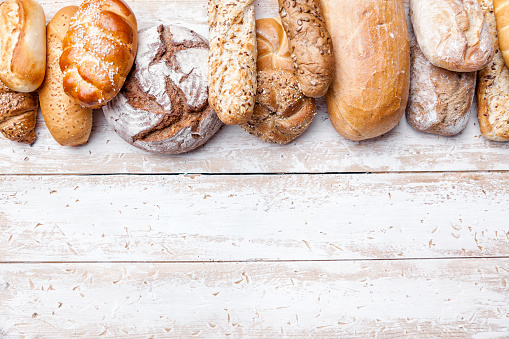
We all now know a lot more about carbohydrates than we ever did before, but choosing the best bread, pasta and other grain-based foods still can be challenging. That’s because labels such as “whole grain,” “whole wheat,” and “multi-grain” are confusingly similar. Here’s what you need to know to make the right choice for you:
The Whole Story
Grains are simply seeds, but they are composed of three distinct parts. The endosperm contains mostly starch, along with some fats and protein, all of which are there to nourish the seed when it sprouts. The germ, embedded in the endosperm, is like a plant embryo waiting to germinate. It’s also a highly concentrated source of vital nutrients including B vitamins, potassium, iron and zinc. The bran is the fiber-rich, multi-layered outer skin of the seed. Together the three parts form a single kernel of whole grain.
When grains such as wheat, oats and rice are processed, bleached and refined into white flour (or white rice), the germ and the bran are stripped away and discarded, leaving behind only the starchy endosperm. Without the fiber and nutrients from the germ and bran, the grain (or flour milled from it) is a fast-burning, simple carbohydrate with a high glycemic index. Whole grains and flour made from them are slow-burning, complex carbohydrates with a medium to low glycemic index. Whole grain foods are categorized as SmartCarbs for those following a Nutrisystem weight loss plan because they are high in fiber and other nutrients, leaving you feeling full long after you’ve eaten them.
Label Sense
When you look at the packaging of bread, pasta, cereal and other grain-based foods, you’re likely to see a variety of terms, such as these, describing the ingredients:
Whole Wheat
This is the designation for sliced bread and other products made with the whole kernel of wheat. Beware of labels that simply say “wheat bread” or the like, without the word “whole.” Even bread that appears brown rather than white can be made without whole wheat flour.
Whole Grain
Products made with the whole kernels of oats, barley and other grains can be labeled this way. These grains are blended in many foods to improve their flavor, texture and nutritional profile.
Multi-Grain
Be wary of this label. A product can include a variety of grains, but all or some of them can be processed, bleached and refined without the bran or germ. What’s more, there are no regulations or standardized definitions for the term “multi-grain,” so it can be used on packaging of any food that contains more than one type of grain, in any quantity.
While upfront labeling can be a helpful guide, check the package’s ingredient list to be sure the product you’re looking at is a SmartCarb. The first ingredient should be “whole-wheat flour” (or another specific kind of whole grain). Without the word “whole,” the product is almost certainly made without the germ or bran. Glance at the nutritional data, too. Nearly all breads made with whole grains contain at least three grams of fiber per serving. But just don’t rely on the fiber content alone—food manufacturers can add fiber to their products without the valuable nutrients that accompany them in whole grain.
More on Wheat
Wheat, the most widely used grain in the U.S., comes in a variety of forms, such as these:
Durum: A variety of wheat that has a higher protein and gluten content than other kinds of wheat. It is commonly used in pasta.
Semolina: Flour made from the finely ground endosperm of durum wheat. It is not a whole grain.
Bulgur: Also made from durum wheat, it’s the whole grain that’s been cracked open and partially cooked for faster preparation.
Wheat germ: The germ component of the grain ground into powder, it is a concentrated source of nutrients and fiber that can be added to protein shakes, pancakes and many other dishes.
Wheat berries: The whole kernels of wheat can be used to make hot cereal or baked into a crunchy topping for salads.
Spelt: This ancient variety of wheat is now making a comeback among healthy eaters because it has a nutty flavor and more protein than conventional wheat.
Farro: It’s a wheat variety prepared and served like rice. Look for whole-grain farro, instead of “pearled” or “semi-pearled” types, from which the bran has been removed.
Kamut: A brand name for another ancient variety of wheat, more generically known as “khorasan wheat.” It is higher in protein than conventional wheat and rich in minerals such as calcium, iron, magnesium, potassium, sodium and zinc. Kamut also serves up B vitamins as well as vitamins E and A.



